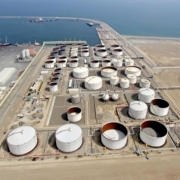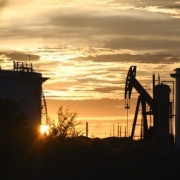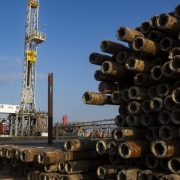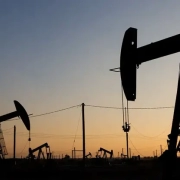Basin’s oil production goes ever higher
Pumping a record 6.3 million barrels of oil per day and poised to reach 6.6 mb/d next year, the Permian Basin is driven by good prices, technological advances and fact-based optimism that the worldwide demand for oil and natural gas will stay strong for decades to come.
And as much oil and gas as it’s producing, a convergence of factors ensures that the Basin can and will generate even more. The prediction of 6.6 mb/d next year is from the U.S. Energy Information Administration.
Odessa oilman Kirk Edwards, State Rep. Brooks Landgraf and Waco economist Ray Perryman say the region continues to lead the world in energy innovations.
Click here to read the full article
Source: OA Online
—
If you have any questions or thoughts about the topic, feel free to contact us here or leave a comment below.











